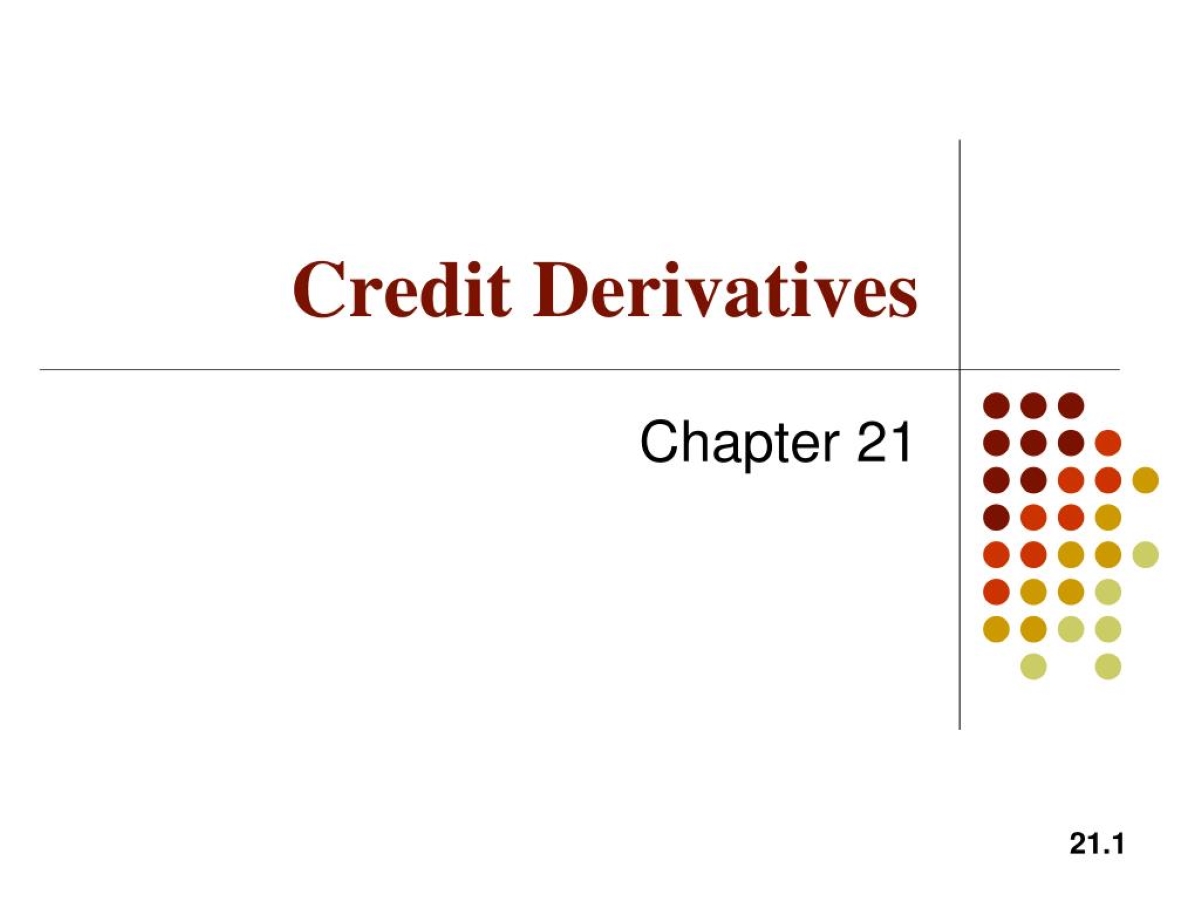Home>Finance>Terminal Capitalization Rate: Definition And Calculation Example


Finance
Terminal Capitalization Rate: Definition And Calculation Example
Published: February 7, 2024
Learn the definition and calculation example of terminal capitalization rate in finance. Understand how this key metric is used to evaluate investment opportunities.
(Many of the links in this article redirect to a specific reviewed product. Your purchase of these products through affiliate links helps to generate commission for LiveWell, at no extra cost. Learn more)
Terminal Capitalization Rate: Definition and Calculation Example
When it comes to finance, there are many concepts and calculations that can appear daunting to the uninitiated. One such term is the Terminal Capitalization Rate. In this blog post, we will demystify this concept, providing a clear definition and a calculation example that will help you understand its importance in the world of finance. So, without further ado, let’s get started!
Key Takeaways:
- The Terminal Capitalization Rate is used to estimate the value of an investment property at the end of a specific holding period.
- It is calculated by dividing the property’s net income by its estimated future selling price.
What is Terminal Capitalization Rate?
The Terminal Capitalization Rate, also known as the terminal cap rate, is an important metric used in the real estate industry to estimate the value of an investment property at the end of a specific holding period. It represents the rate at which an investor capitalizes the property’s net operating income (NOI) in order to determine its future sales price.
Understanding the terminal cap rate is essential for real estate investors and professionals as it helps in making informed investment decisions and evaluating the potential value of a property. By using this rate, investors can estimate how much the property will be worth in the future, which is crucial for determining whether the investment will yield satisfactory returns.
How to Calculate Terminal Capitalization Rate?
The calculation of the terminal cap rate involves two key pieces of information: the property’s net operating income (NOI) and its estimated future selling price. The formula is quite simple:
Terminal Cap Rate = Net Operating Income / Estimated Future Selling Price
Let’s consider an example to illustrate this calculation:
Suppose you own an office building that generates an annual net operating income of $100,000. Based on market research, you estimate that the property will sell for $1,250,000 at the end of a 5-year holding period. By using the formula above, we can calculate the terminal cap rate as follows:
Terminal Cap Rate = $100,000 / $1,250,000 = 0.08 or 8%
Therefore, the terminal cap rate for this investment property is 8%.
Why is Terminal Capitalization Rate Important?
Now that we have an understanding of the terminal cap rate and how to calculate it, let’s delve into its importance.
The terminal cap rate allows investors to gauge the future value of a property, enabling them to estimate the potential returns from the investment. By comparing the calculated cap rate with the prevailing rates in the market, investors can assess the property’s attractiveness and determine whether it aligns with their investment goals and risk tolerance.
The terminal cap rate also helps investors evaluate investment performance and make informed decisions about property holding periods. A high cap rate indicates higher expected returns, while a lower cap rate suggests lower expected returns. Investors can use this information to evaluate opportunities, make strategic decisions, and diversify their investment portfolios.
In Conclusion
The Terminal Capitalization Rate is a significant metric for real estate investors and professionals as it aids in estimating the value of an investment property at the end of a holding period. By understanding and calculating this rate, investors can make informed decisions, assess investment performance, and forecast potential returns. Keep in mind that the terminal cap rate is just one of the many tools in a real estate investor’s toolbox, but it is an essential concept to grasp in order to succeed in the dynamic world of finance.














